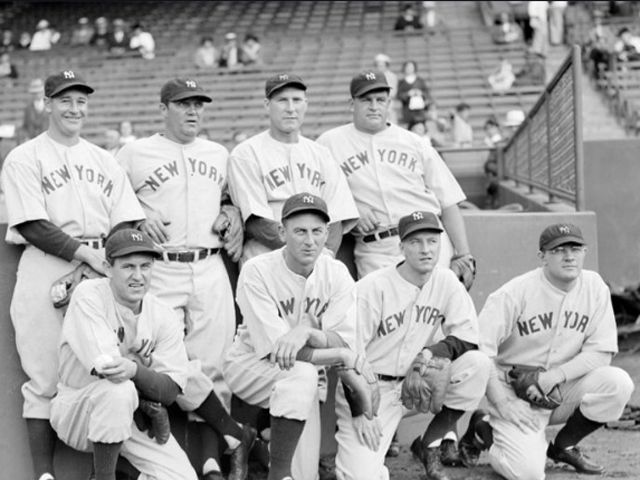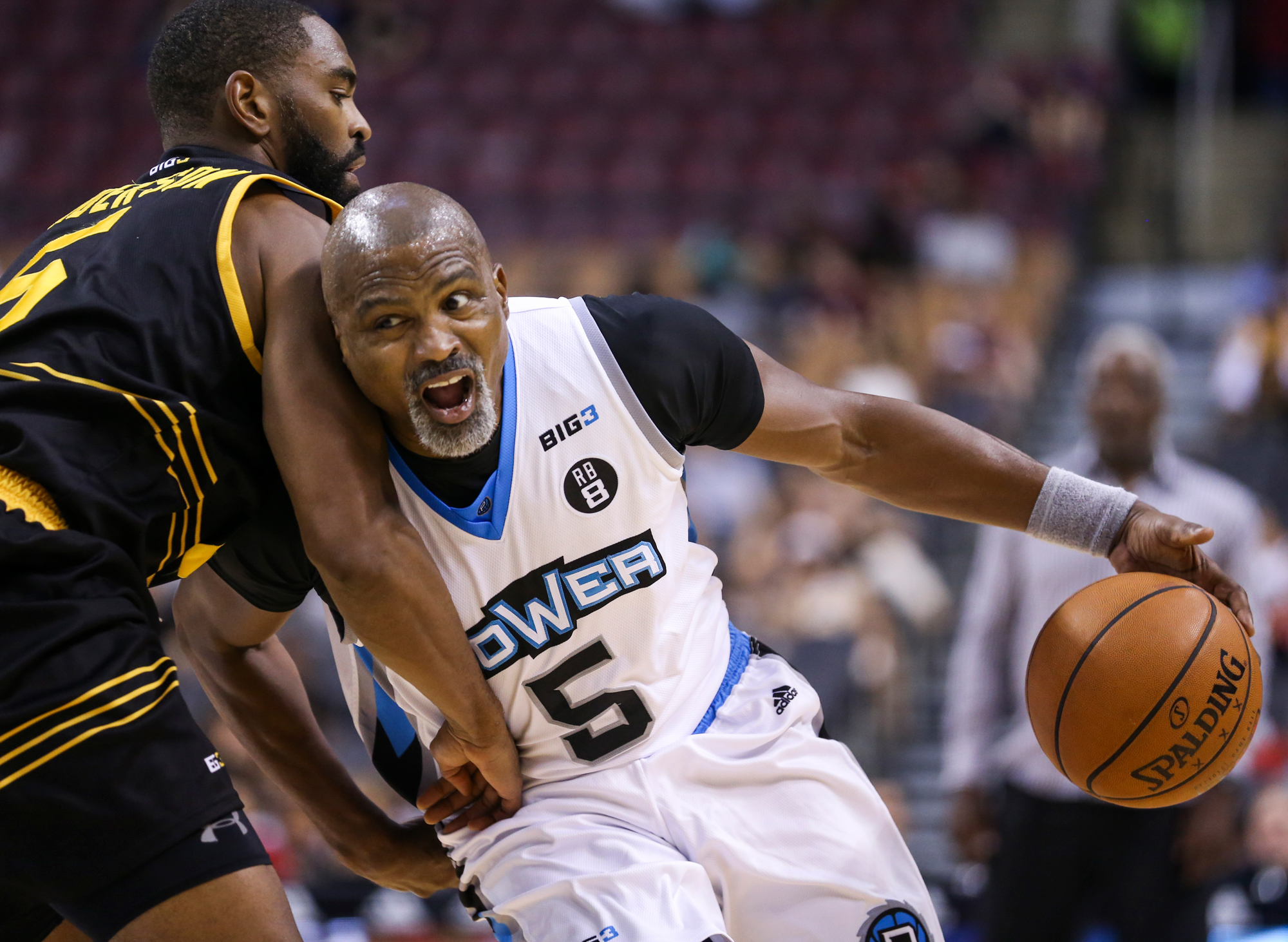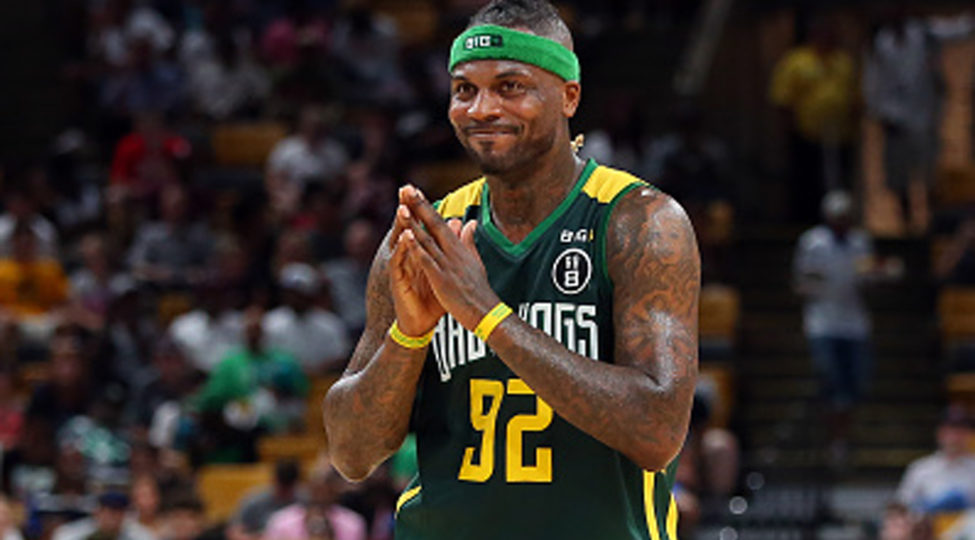
White Baseball Players Kneel in the 50’s to protest Black Lynchings

Paul “Tank” Younger was a gifted linebacker and fullback for the Los Angeles Rams in the ‘50s. A graduate of Grambling, he was the first player from a historically black college or university to get a chance to play in the National Football League. Looking back on his career a few months before his death in 2001, Younger said, “My inspirational speech was when they played the National Anthem. When they sang ‘o’er the land of the free and the home of the brave,’ I’m ready to knock the hell out of somebody. And I feel that way today. I’ll be watching a game, they play the National Anthem, goddammit, my blood starts boiling.”
Younger’s emotional response was widely shared this past weekend, though for largely different reasons. Our national anthem—that sacred yet unloved, notoriously difficult-to-sing standard—has become the bloody hill upon which the latest round of American culture wars are being fought.
While the debate around anthem protests in the NFL began in 2016 with Colin Kaepernick’s decision not to stand for the anthem before games, the issue simmered over the offseason when Kaepernick inexplicably wasn’t offered by a contract by any team in the league, and flared again when more players took a knee in early-season games, prompting President Trump’s comment on Friday that any player protesting should be cut or suspended: “Get that son of a bitch off the field right now. Out! He’s fired!”
Setting aside for a moment the question of freedom of speech, the enduring controversy around the anthem speaks to the NFL’s unique position. It is perhaps the one institution in America today where such a multi-faceted debate—encompassing entertainment and politics, military service and race relations, free speech and patriotism—could resonate so broadly.

Football players have come together to address racial injustice before. In January of 1965, 80 players from the American Football League converged on New Orleans for the AFL All-Star Game. From the moment they arrived at the airport, many black players were subjected to virulent racism, exclusion and intimidation. Outside one nightclub, a bouncer pulled a gun on the Chargers’ Ernie Ladd and told him he couldn’t enter. In the lobby of the Roosevelt Hotel, Ladd’s teammate Earl Faison heard two locals discussing him, speculating whether he was Ladd. “No,” concluded one man, within Faison’s earshot. “Ernie Ladd’s a bigger n—-r than that. That Ladd is a big n—-r.”
The 21 black players, after meeting among themselves to discuss their experience, voted to boycott the game. Some white players, like future Hall of Famer Ron Mix of the San Diego Chargers, joined in. A day later, the AFL owners chose to support their players, and moved the game from New Orleans to Houston. It marked one of the first instances of professional athletes working together to make a social statement.
During much of the ’70s and ’80s, pro football players spent more time advocating for their own rights, finally achieving a system of free agency in 1992, nearly two decades after Major League Baseball players gained the right.

More recently, players have returned to a focus on broader social issues. In 2014, a group of St. Louis Rams players took the field in a “hands up, don’t shoot” gesture, in a sign of solidarity with the Black Lives Matter protests in Ferguson, Missouri, in the aftermath of the shooting of Michael Brown. Kevin Demoff, the Rams executive vice president of football operations, defended the players’ action. “I do believe that supporting our players’ First Amendment rights and supporting local law enforcement are not mutually exclusive,” he said.
In 2015, the University of Missouri football team threatened to boycott games and practices to protest school president Tim Wolfe’s handling of issues involving race relations on campus. Two days later, Wolfe resigned.

“The Star-Spangled Banner” has always had its share of detractors, both as a song and as a statement. Despite his crucial role as a trailblazer in race relations in America, the Dodgers’ Jackie Robinson took the measure of the country in 1972 and remained resolutely unmoved by the song. (“I cannot stand and sing the anthem,” he wrote in his autobiography, “I cannot salute the flag.”) At the 1968 Olympics in Mexico City, Americans Tommie Smith and John Carlos each held up a single gloved fist in protest during the medal ceremony after the 200 meter sprint.
Even in the NFL, Kaepernick wasn’t the first player to decline to stand for the anthem. The Raiders’ Marshawn Lynch often sat on the bench during his years with the Seahawks, and continues to do so. But the visibility of Kaepernick (as well as his protest occurring during the heated political climate that was the fall of 2016) brought the issue to the forefront.
Less discussed is the way Kaepernick’s protest evolved, as he and others took pains to find a way to bring about change while emphasizing that they were not disrespecting those who served and defended the country.

At the beginning of the 2016 preseason, Kaepernick sat on the bench, away from his teammates, during the anthem. But in San Diego, on the eve of their final pre-season game, Kaepernick and 49ers teammate Eric Reid met with former Army Green Beret Nate Boyer, who’d had a brief tryout with an NFL team in 2015. After the meeting, Kaepernick modified his protest from one of sitting on the bench to kneeling near his teammates.
“We were talking to [Boyer] about how can we get the message back on track and not take away from the military, not take away from pride in our country, but keep the focus on what the issues really are,” Kaepernick said. “We came up with taking a knee because there are issues that still need to be addressed and there was also a way to show more respect for the men and women that fight for this country.”
In that act—seeking out a position somewhere between defiantly ignoring the flag and standing to salute it—Kaepernick seemed to be searching for a middle-ground of protest that wasn’t automatically seen as disrespectful. In the wake of Trump’s comments and tweets over the weekend, some players sat on benches during the anthem, while many more followed Kaepernick’s lead and kneeled, some with their hands placed over their hearts. Others who didn’t kneel chose to stand while holding hands or interlocking arms with teammates who were kneeling. The distinction that many protesting players wanted to make was that they could respect the military, while still wanting to call attention to the issue of racial injustice.

The impetus for their collective action: the inflammatory remarks of President Trump, who has a history of being snubbed by the NFL, one exclusive private club to which he was never able to gain entry.
He was first jilted by the league in the ’80s. As an owner in the United States Football League, launched in 1983 as a spring alternative to the NFL, Trump effectively tried to sue his way into the NFL. After he persuaded USFL owners to file a $1.3 billion antitrust suit against the NFL, the league was found guilty on only one of nine counts, of being a monopoly. The jury awarded the USFL just one dollar in damages—trebled to $3 in antitrust cases—and the upstart league effectively died that day. Early in 2014, Trump tried to purchase the Buffalo Bills, but was outbid by Buffalo businessman Terry Pegula. Since then, Trump has been broadly critical of players and the league, for the games being boring, for having low TV ratings and and asserting that people who play the game are no longer “tough.”
While the team ethic is powerful in all sports, this is overwhelmingly true in football. So it was inevitable that Trump’s criticism would inspire players, coaches and even owners to take offense at his comments and accentuate their togetherness. “This team will not be divided by this,” said Steelers head coach Mike Tomlin. “Because of our position, we get drug into bullshit, to be quite honest with you.”
In seeking unity, teams have to cut through a lot. Football remains an authentic American melting pot, arguably the most socially diverse of American team sports. There’s black and white, urban and rural, conservative and liberal, country and rap, even cultural differences by position—offensive linemen tend to be more bookish, wide receivers more demonstrative—all in the same locker room.
It was ever thus. “If you’re going to play together as a team,” said Vince Lombardi, “you’ve got to care for one another. You’ve got to love each other. You can’t just go out and say, ‘I’m going to do it alone.’”
Inadvertently, Trump’s criticism served to draw football players closer together, sharpen the terms of their protest and give them a platform to clarify it. The way they responded—emphasizing that while they were not all the same, they were decidedly all together—speaks to an ideal that is as enduring as the anthem itself. By finding unity despite their disagreements, the players may well end up providing a lesson for the nation as a whole.
Michael MacCambridge is the author of Chuck Noll: His Life’s Work and America’s Game: The Epic Story of How Pro Football Captured A Nation, among other books. Reach out on Twitter at @MacCambridge.










